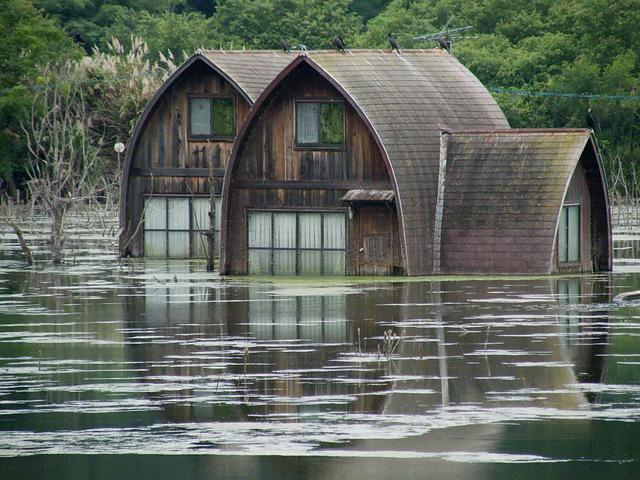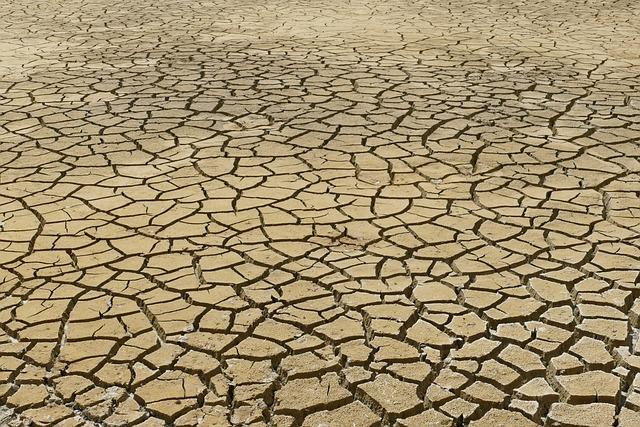- Introduction
- Increased Flooding Risk
- Climate Change Impact
- Urbanization Contribution
- Flood Prevention Strategies
- Conclusion
- FAQs
- References
Introduction
Flood risks are on the rise globally, posing a significant threat to communities, infrastructure, and the environment. In this article, we will explore the factors contributing to increased flooding, including climate change and urbanization. Additionally, we will discuss effective flood prevention strategies to mitigate these risks effectively.
Increased Flooding Risk
In recent years, the frequency and intensity of flooding events have been escalating, leading to devastating consequences. The primary drivers behind this increased flooding risk include changing weather patterns, rising sea levels, and more intense rainfall events.

(Image: Pixabay/@ziggy_306)
Climate change is a major contributing factor to the heightened flood risks. As global temperatures continue to rise, extreme weather events become more common, resulting in excessive precipitation and subsequent flooding in many regions.
The impact of deforestation and land degradation further exacerbates the risk of flooding, as natural barriers that absorb water and regulate flow are compromised, leading to more frequent and severe inundation events.
Climate Change Impact
The effects of climate change are increasingly evident in the form of erratic weather patterns, prolonged droughts, and intense storms. These phenomena directly correlate with the escalation of flooding risk, as witnessed in various parts of the world.

(Image: Pixabay/@MrsBrown)
Sea level rise, a consequence of global warming, poses a particular threat to coastal regions, making them more susceptible to storm surges and tidal flooding. Low-lying areas face the highest risks, with projections indicating a further increase in sea levels in the coming decades.
Furthermore, the melting of polar ice caps and glaciers contributes to water volume in oceans, heightening the potential for coastal inundation and flooding in vulnerable areas.
Urbanization Contribution
Rapid urbanization and improper land use planning play a significant role in amplifying flood risks in cities and towns. The creation of impervious surfaces, such as roads and buildings, reduces natural drainage capacity, leading to increased runoff during heavy rainfall events.

(Image: Pixabay/@geralt)
In densely populated urban areas, inadequate stormwater management systems can overwhelm existing infrastructure, causing flash floods and waterlogging. Urban expansion into flood-prone zones further exposes communities to heightened flood vulnerabilities, jeopardizing lives and properties.
Poor waste management practices, such as clogged drainage systems and improper disposal of debris, exacerbate flooding risks by obstructing water flow and increasing the likelihood of localized inundation.
Flood Prevention Strategies
Addressing the escalating flood risks requires a comprehensive approach that integrates both structural and non-structural measures. Implementing effective flood prevention strategies is essential to reduce the impact of inundation events and enhance community resilience.

(Image: Pixabay/@MallorcaGraphics)
Investing in green infrastructure, such as constructed wetlands and permeable surfaces, can help restore natural drainage systems and reduce runoff, mitigating flood risks in urban environments. These nature-based solutions not only provide flood control but also offer additional benefits such as improved water quality and biodiversity conservation.
Early warning systems and risk assessment tools are crucial for timely evacuation and emergency response in flood-prone areas, enabling authorities to adopt proactive measures and mitigate potential damages. Community engagement and awareness campaigns play a vital role in fostering preparedness and response strategies at the grassroots level.
Conclusion
In conclusion, the escalating flood risks demand urgent attention and concerted efforts to address the underlying causes and vulnerabilities. By understanding the complex interplay of factors contributing to increased flooding, communities and policymakers can implement sustainable solutions to build resilience and adapt to a changing climate.
FAQs
How does climate change contribute to increased flooding?
Climate change intensifies extreme weather events, leading to heavier rainfall and more frequent floods due to disrupted weather patterns and rising global temperatures.
What role does urbanization play in exacerbating flood risks?
Urbanization contributes to flooding by altering natural drainage systems, creating impervious surfaces, and encroaching on floodplains, which disrupts the natural flow of water and increases runoff during storms.

